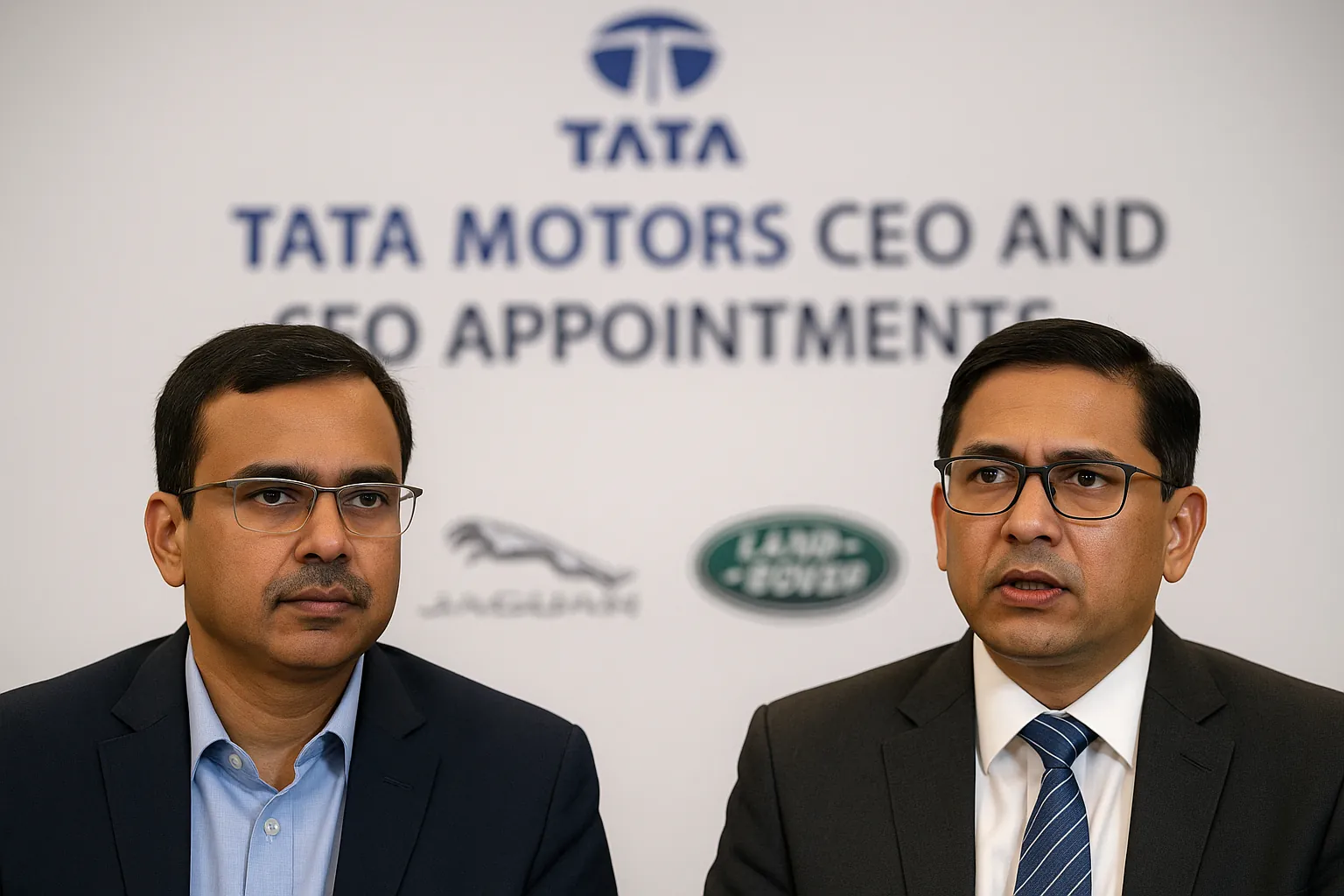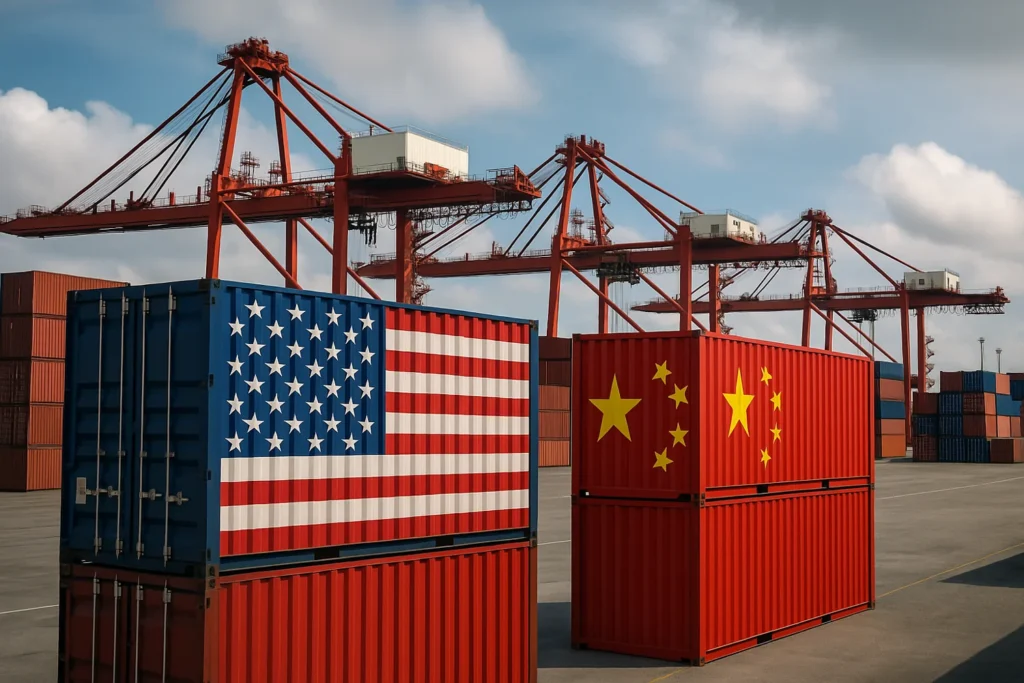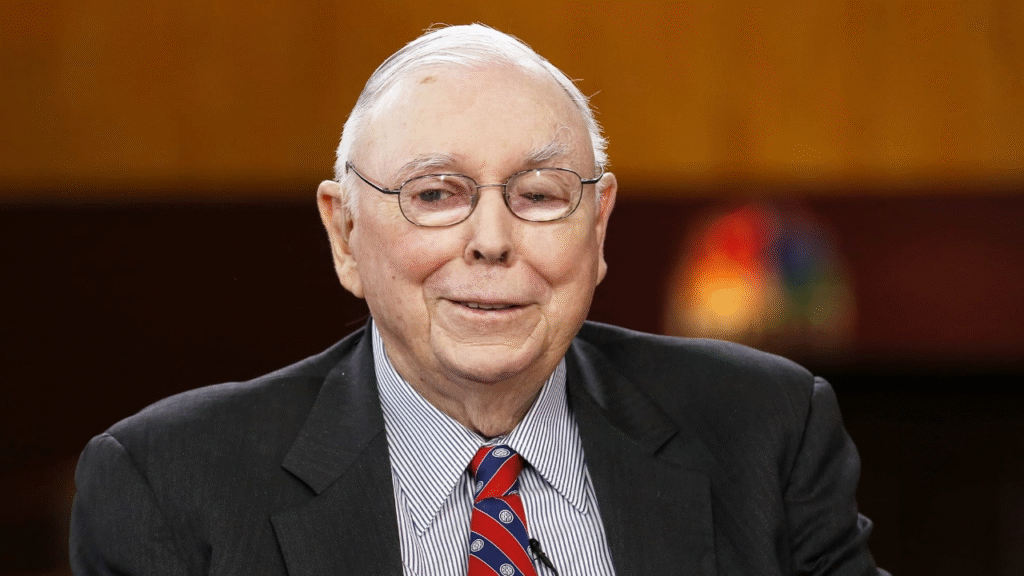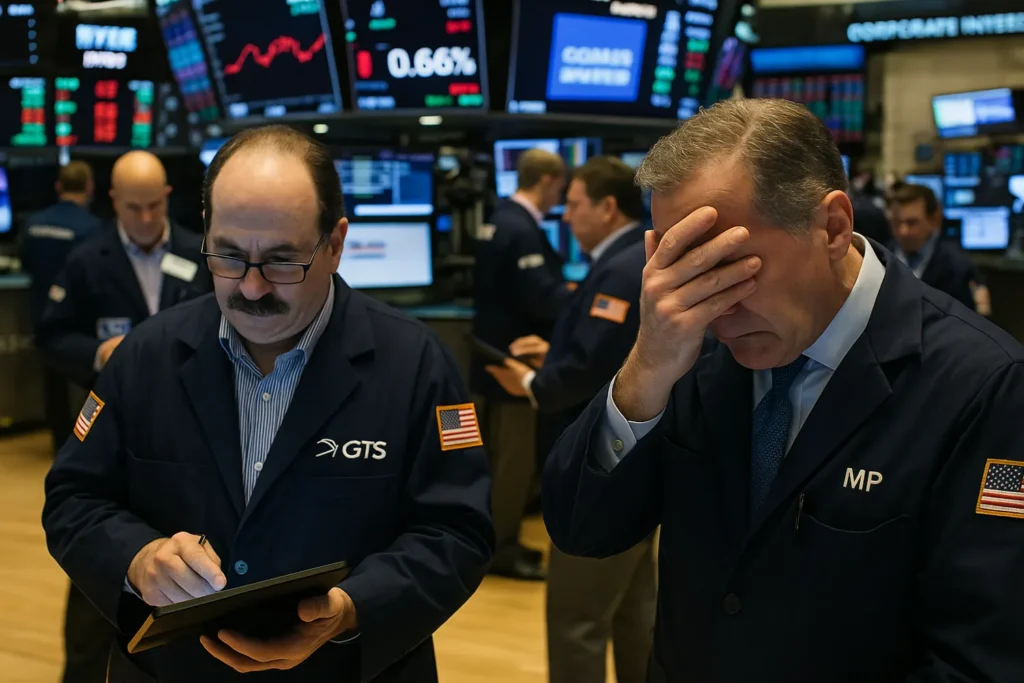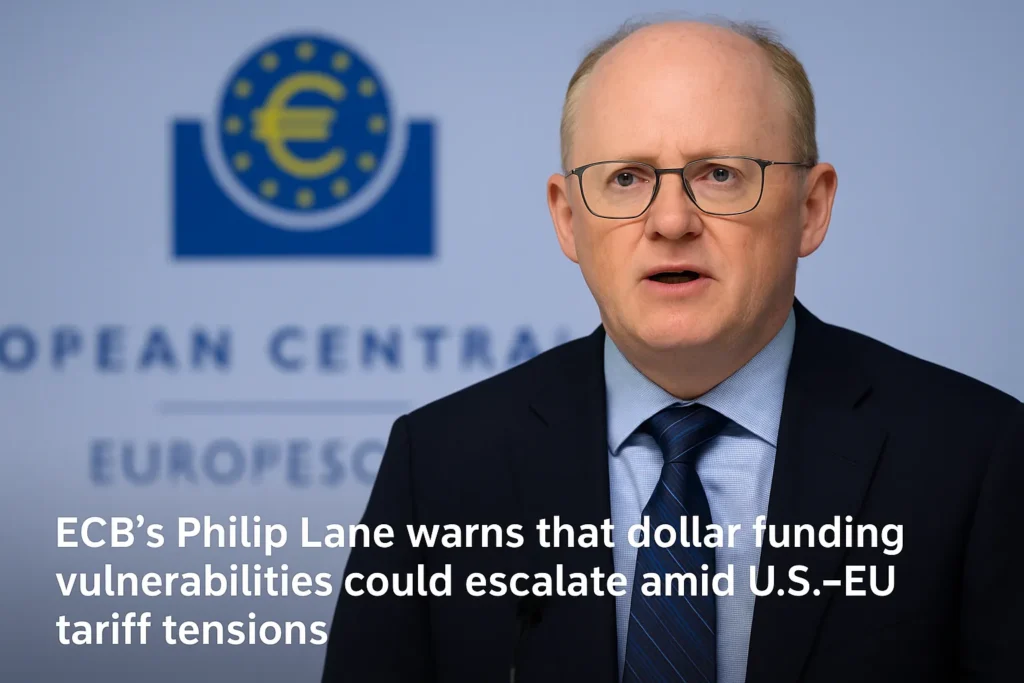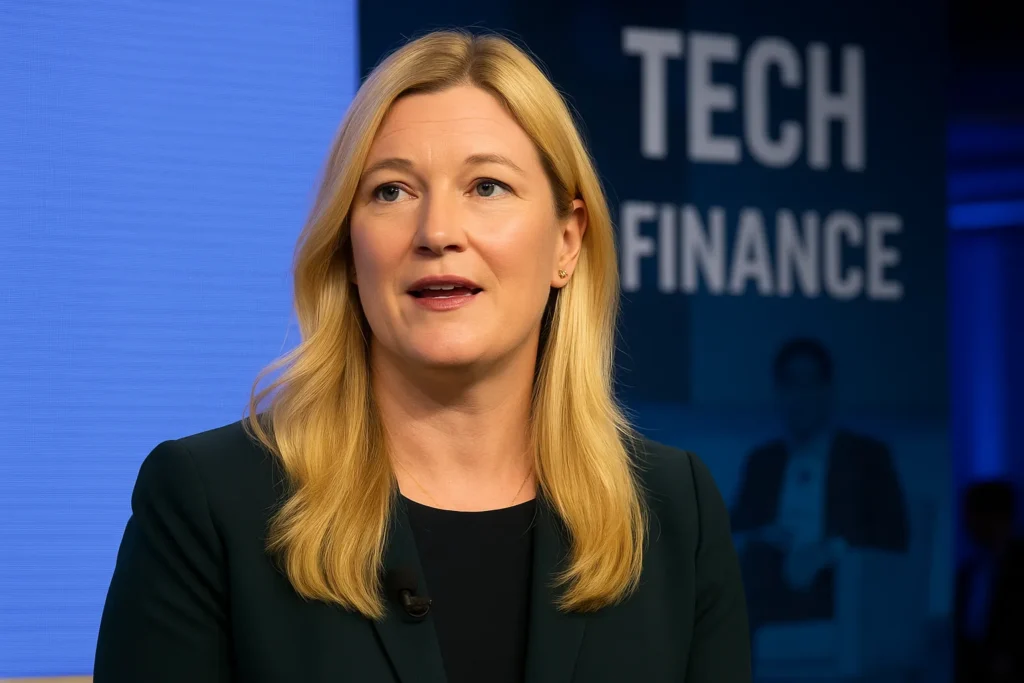Tata Motors has reshuffled its top brass in a move that signals both urgency and desperation. The company announced Shailesh Chandra as the new Tata Motors CEO and Dhiman Gupta as CFO, a leadership change framed as necessary to weather the ongoing storm at Jaguar Land Rover. Behind the corporate press release lies a deeper truth: this is not a transition, but a gamble.
Context: Official narrative of Tata Motors
According to the official announcement, the move was meant to provide “fresh leadership” to stabilize operations and secure long-term growth. Jaguar Land Rover — Tata’s prized yet troubled subsidiary — has been grappling with supply chain disruptions, declining sales in key markets, and rising competition from electric vehicle startups.
The mainstream financial press describes the appointments as bold steps to strengthen the company. Analysts point to Chandra’s track record in Tata’s EV division and Gupta’s financial discipline as credentials that could steer the firm through volatility.
Oppositional Argument: Why this is more than a routine change
But this change of guard is not simply a managerial upgrade. Naming a new Tata Motors CEO amid crisis underscores structural problems that a single executive cannot fix. Jaguar Land Rover has become a millstone around Tata’s neck, devouring resources without delivering steady returns.
Rotating CEOs every time a storm brews does not build resilience — it highlights fragility. This reshuffle is less about vision and more about firefighting. Tata Motors is trying to convince investors that leadership can mask deeper weaknesses in strategy and market adaptation.
Analytical Breakdown: Causes and consequences
The pressure stems from several fronts:
- Jaguar Land Rover sales slump: Especially in China and Europe, where luxury brands are under siege by EV disruptors.
- Supply chain chaos: Semiconductor shortages, energy costs, and logistical bottlenecks have crippled production cycles.
- Debt and margins: Mounting financial strain threatens to erode profitability, even with short-term fixes.
The consequence? Unless Tata Motors reinvents Jaguar Land Rover’s identity, appointing a new CEO and CFO will amount to little more than rearranging the chairs.
Human Perspective: Impact beyond the boardroom
For workers at Jaguar Land Rover plants in the UK and India, the appointment of a new Tata Motors CEO raises as many questions as it answers. Will jobs be safe? Will production cuts continue? For dealers, uncertainty translates into fewer buyers willing to trust a company in flux.
Investors, too, feel the pinch. Each leadership shakeup signals instability, dragging share value and credibility. Ordinary people tied to Tata’s ecosystem are left exposed to boardroom experiments.
Counterarguments
Defenders claim that Chandra’s EV experience and Gupta’s financial rigor could inject innovation and discipline. Some argue that Tata’s aggressive pivot toward electrification is exactly what JLR needs to regain relevance. But even this optimism rests on uncertain assumptions: that capital will flow, technology will scale, and consumers will forgive past missteps.
Conclusion: A reshuffle that risks repeating history
The Tata Motors CEO change is less a turning point than a reminder of systemic vulnerability. Jaguar Land Rover remains the Achilles’ heel of Tata’s global ambitions. Leadership reshuffles buy time, but time without transformation is a slow march toward decline.
Until Tata Motors addresses the structural drag of JLR, even the most capable executives risk becoming scapegoats for a failing strategy. Investors and workers alike should read this announcement not as reassurance, but as a warning.
External Links
116 views
